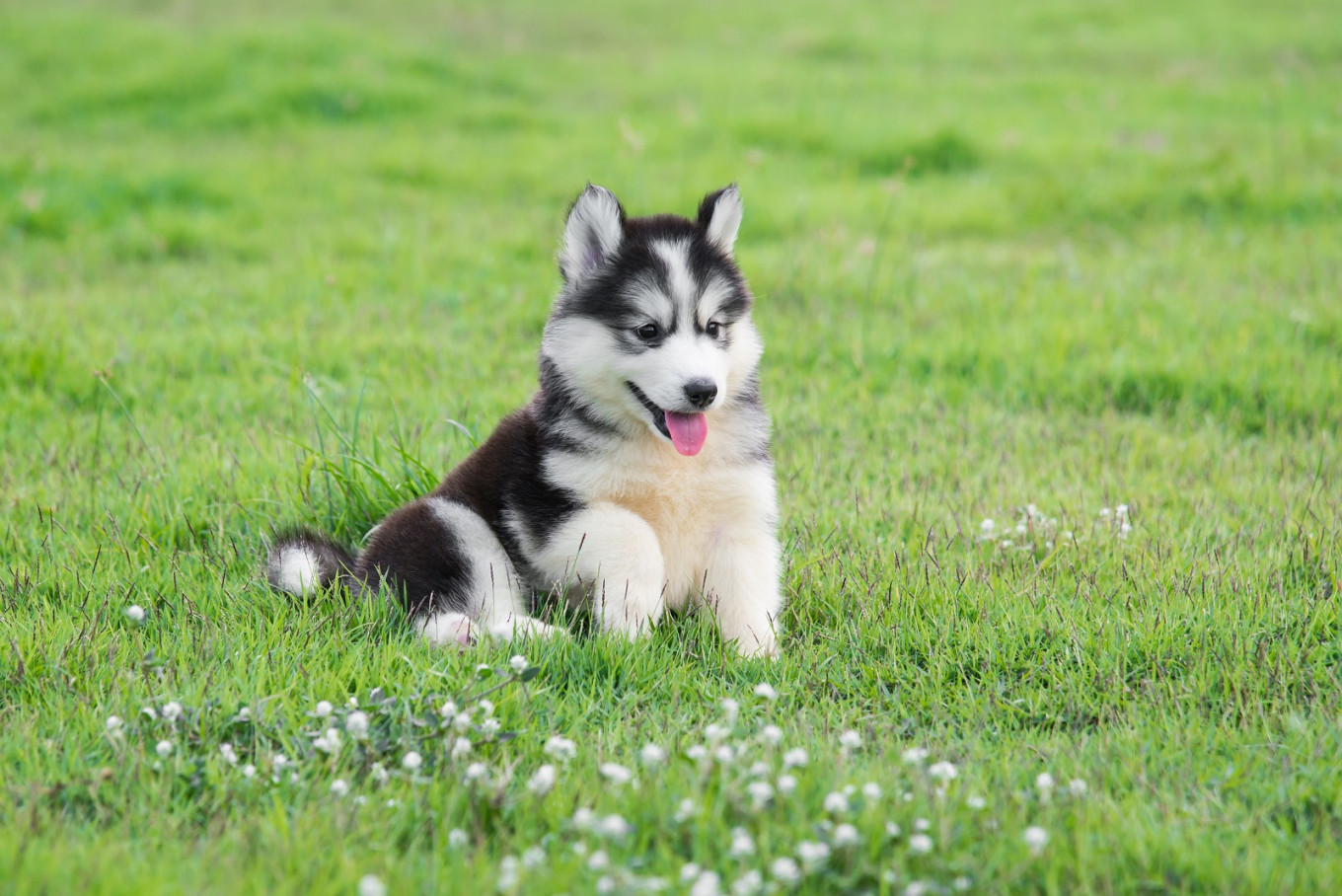Popular Reads
Top Results
Can't find what you're looking for?
View all search resultsPopular Reads
Top Results
Can't find what you're looking for?
View all search resultsIn defense of the not-so-cute animals
Understanding how “puppy dog eyes” are manipulating us shouldn’t make us love our pets less. But give wolves a chance.
Change text size
Gift Premium Articles
to Anyone
W
ay back in 1979, the evolutionary biologist Stephen Jay Gould made a case that cuteness is not an arbitrary notion, but a measurable trait that can make people feel protective and nurturing. Scientists have since measured the trait – and even identified how dogs use special facial muscles to make themselves “cute.” Understanding this shouldn’t make us love cute animals any less, but it could motivate us to love the not-so-cute ones more.
Gould’s “Biological Homage to Mickey Mouse” showed that in response to public pressure, the Disney icon gradually developed fatter limbs, a more domed forehead and bigger eyes – all traits suggestive of human babies. Such features in adult humans and other animals – a phenomenon called neoteny – can coax strong emotions from us. Just look at how we baby our dogs.
While they are so closely related to wolves that the species can still interbreed, dogs are cute in ways wolves are not. This month, scientists showed that it’s not just babylike features, but also expressions, that distinguish dogs from wolves. Dogs but not wolves appear to have muscles that allow them to raise their eyebrows, widening their eyes to suggest sadness, or sweetness.
What makes this finding all the more extraordinary is that the trait may not have been the work of active domestication by humans, but of evolution, as one branch of wolves diverged from its brethren to start cooperating with humanity.
Penn State University researcher Pat Shipman has pointed out that when modern humans and Neanderthals both lived in Europe some 40,000 years ago, they were anatomically very similar, and both branches of humanity used similarly complex tools. Both had tamed fire, but only the modern humans had begun cooperating with dogs.
In Shipman’s hypothesis, human-dog teams were much better hunters than groups of either alone. Humans could save energy, letting dogs track the prey before humans went in for the kill with spears or arrows. Neanderthals did contribute a small amount to the genetic heritage of modern humans, though most of their kind were wiped out, and, according to the fossil record, they were not dog people.
When modern humans think that other animals are cute, we’re being tricked. We evolved to respond to cuteness because our babies are so helpless. There was an advantage to feeling protective toward them. Domesticated dogs co-opted that by evolving neoteny and human-like expressions. Because wolves did not, they have paid a price. Brian Hare, director of the Duke Canine Cognition Center, wrote in National Geographic that nearly every human culture with the opportunity has hunted wolves to extinction.
Read also: Masters of manipulation: The evolution of 'puppy dog eyes'
People can rise above our instincts. Last winter I visited a wolf sanctuary in Pennsylvania, set up to rescue victims of humans foolish enough to think they could keep wolves as pets. These animals needed all the help they could get, and lucky for them, the caretakers had come to love them, even if they can’t make puppy dog eyes. We could think of that love as a further step in human evolution.
This column does not necessarily reflect the opinion of the editorial board or Bloomberg LP and its owners.











